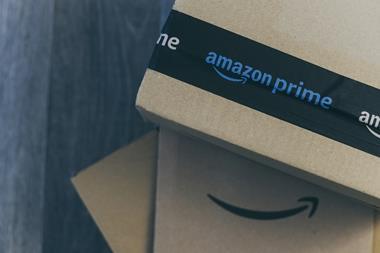Digital wallets have become a staple in the payments landscape over the past few years. Michael Bosshammer, Elavon Europe head of corporate retail, looks at the essential need-to-knows.
In part accelerated by sharp demand for contactless solutions during the pandemic, digital wallets offer a quick, simple and secure way to pay for goods online and in store, removing the hassle of carrying cards or remembering detailed security information.
According to research by Discover Global Network, digital wallets became the most widely used digital payment method globally by the end of 2022, with around 2.8 billion in use around the world.
This growth is showing no signs of slowing. The same research expects the global transaction volume of digital wallet payments to exceed a staggering $10 trillion by 2025.
But what exactly is a digital wallet? And why have they become so popular? Here we dive into the background and benefits of digital wallets, including one key feature that retailers can often miss.
What exactly is a digital wallet?
A digital wallet, sometimes called an e-wallet, is a payment method which allows users to make digital transactions online and in store. They are stored on a smartphone or device, and can house everything from bank details to loyalty cards, boarding passes, discount codes and even event tickets.
There are a variety of types of digital wallet available, two of the most popular being closed wallets and open wallets.
Closed wallets are typically created by a single business and can only be used to make transactions with that company – Amazon Pay is a great example. If an order is cancelled or returned, the money is returned to that wallet.
Conversely, open wallets can be used across a wide variety of platforms, enabling users to track all transactions in one place. Apple Pay and Google Pay are two of the most well-known examples.
Learn more about the history and types of digital wallets.
What are the benefits of digital wallets?
Digital wallets offer a multitude of benefits for both consumers and businesses.
Firstly, they’re super secure. By encrypting all data and using multiple layers of authentication, digital wallets can quickly verify that the user is who they claim to be.
Plus, with continued use, digital wallet issuers can track patterns of user behaviour over time, helping to inform and strengthen the tools that combat fraud.
Secondly, they’re easy to use. With no need to carry cards or remember long card details, digital wallets make it easy for users to complete transactions with just a tap, double click, or, most commonly, a biometric check such as facial recognition or a thumb print.
This helps ensure the payments move and complete quickly – supporting retailers to improve sales conversions and reduce cart abandonment rates.
Thirdly, digital wallets are relatively low cost. As they typically process face-to-face payments using existing contactless terminals, businesses don’t need to invest in new technology to accept wallets in store.
Similarly, for online payments, most businesses find that digital wallet acceptance is already built into online portals and gateways, limiting the costs and level of integration required.
What you might not know about digital wallets
It’s clear that digital wallets are a win-win technology for customers and businesses. However, there’s one additional benefit to digital wallets that can often be overlooked by retailers – and it relates to contactless limits.
The well-established contactless limit for many high street banks is £100 per transaction, up from £30 when the technology was first introduced.
However, as digital wallets are so secure (remember those multiple layers of authentication we talked about earlier?), users can exceed the standard contactless limit using this payment method. The new limit is set by the customer’s bank, often based on the account’s available funds.
This higher limit enables businesses to bring the ease and convenience of digital wallets to much larger ticket items – improving sales conversions, boosting revenue and enhancing the customer experience.
Ready to bring digital wallets into your payments strategy? To learn more about the history, uses and types of digital wallets, check out our full guide, Let’s Talk Digital Wallets. Or, why not explore Elavon’s full suite of payment solutions for retailers.
Michael Bosshammer is head of retail at Elavon Europe
































